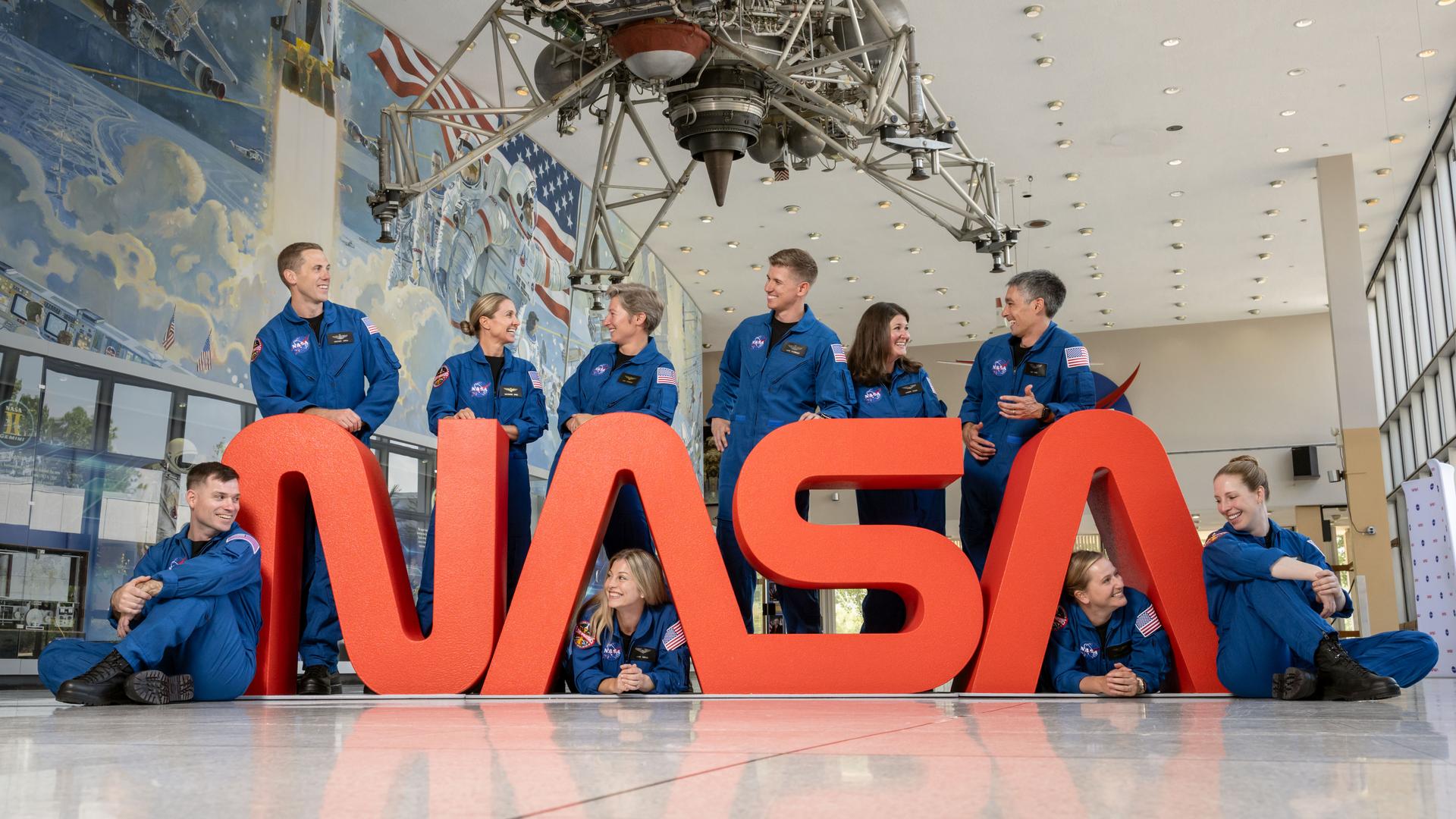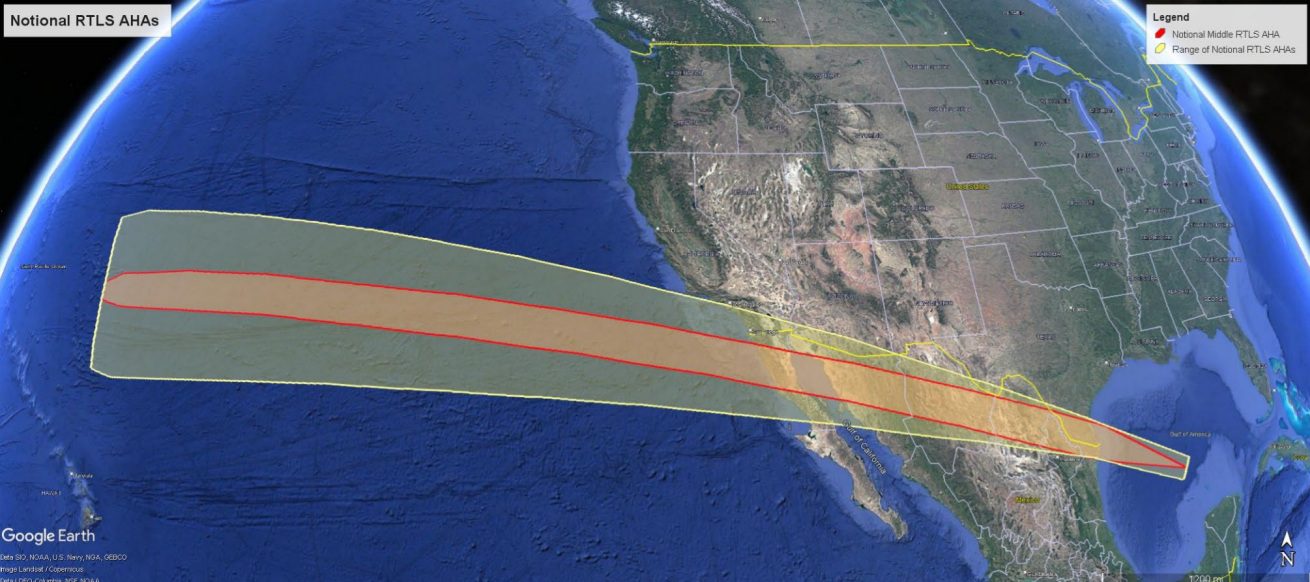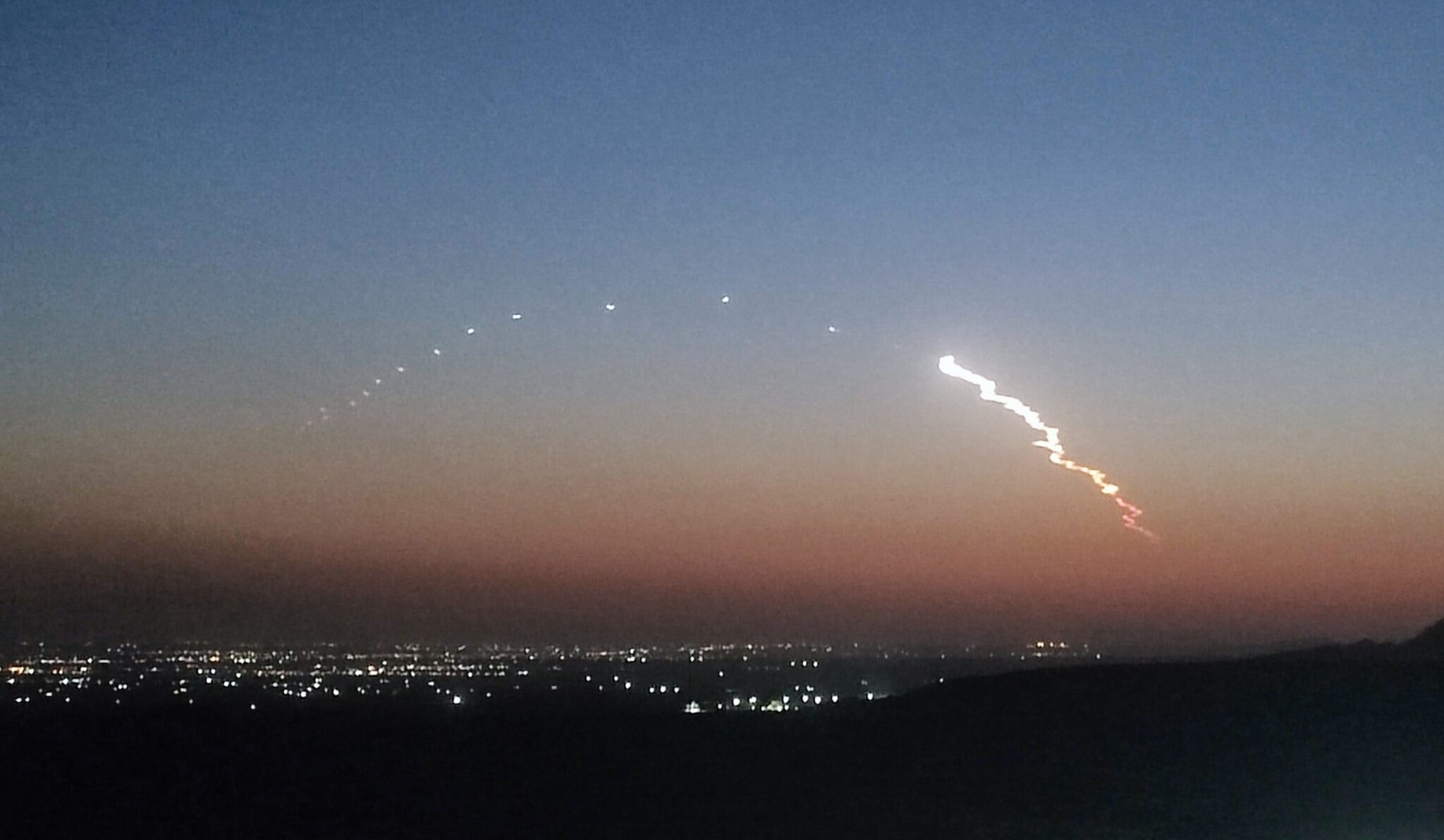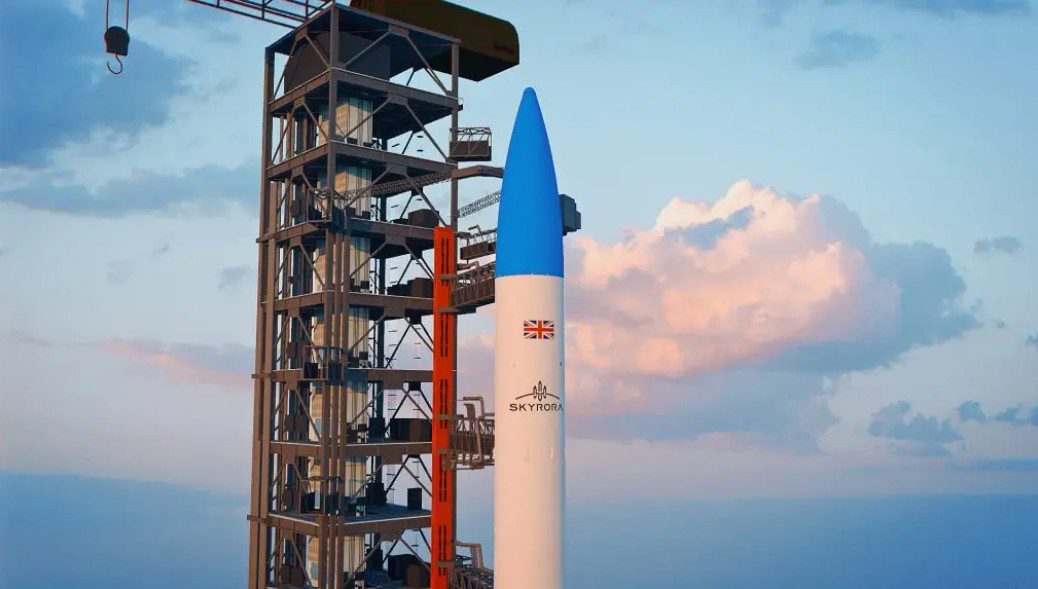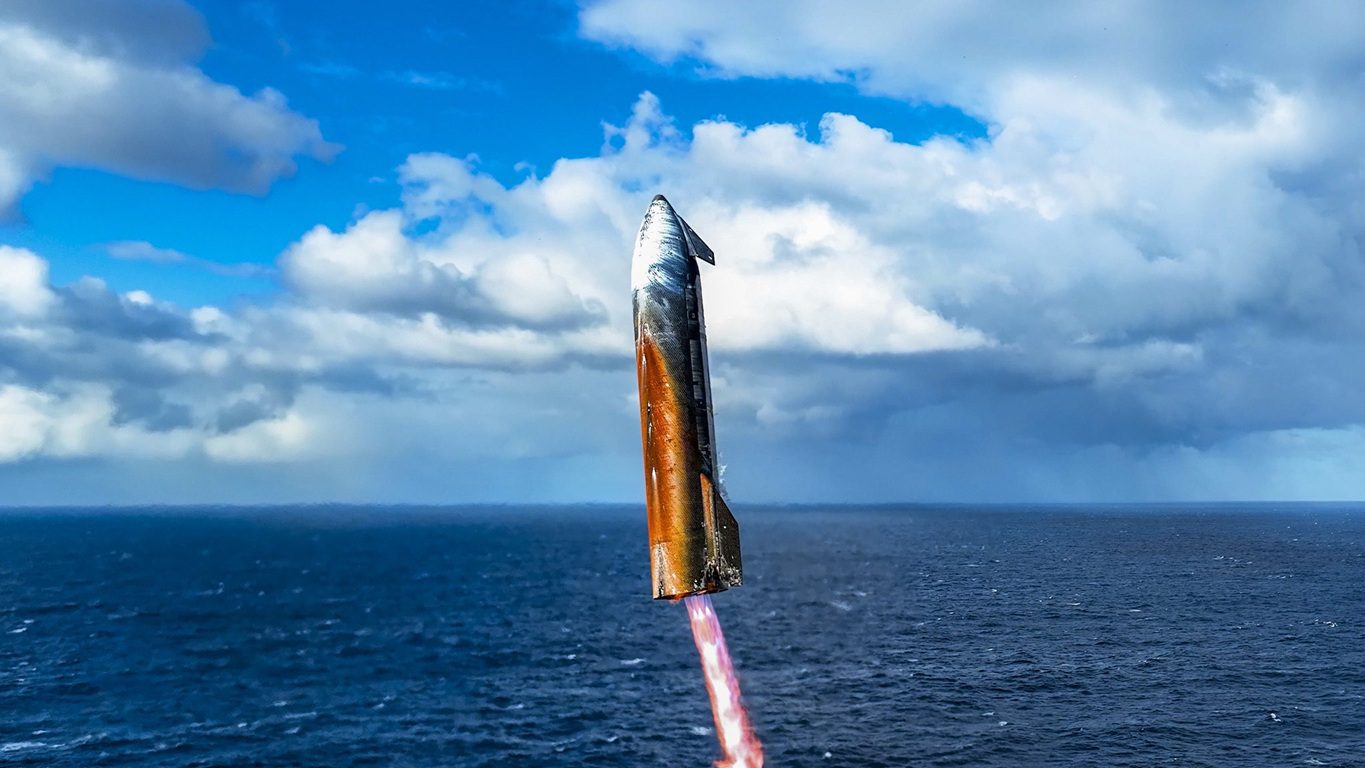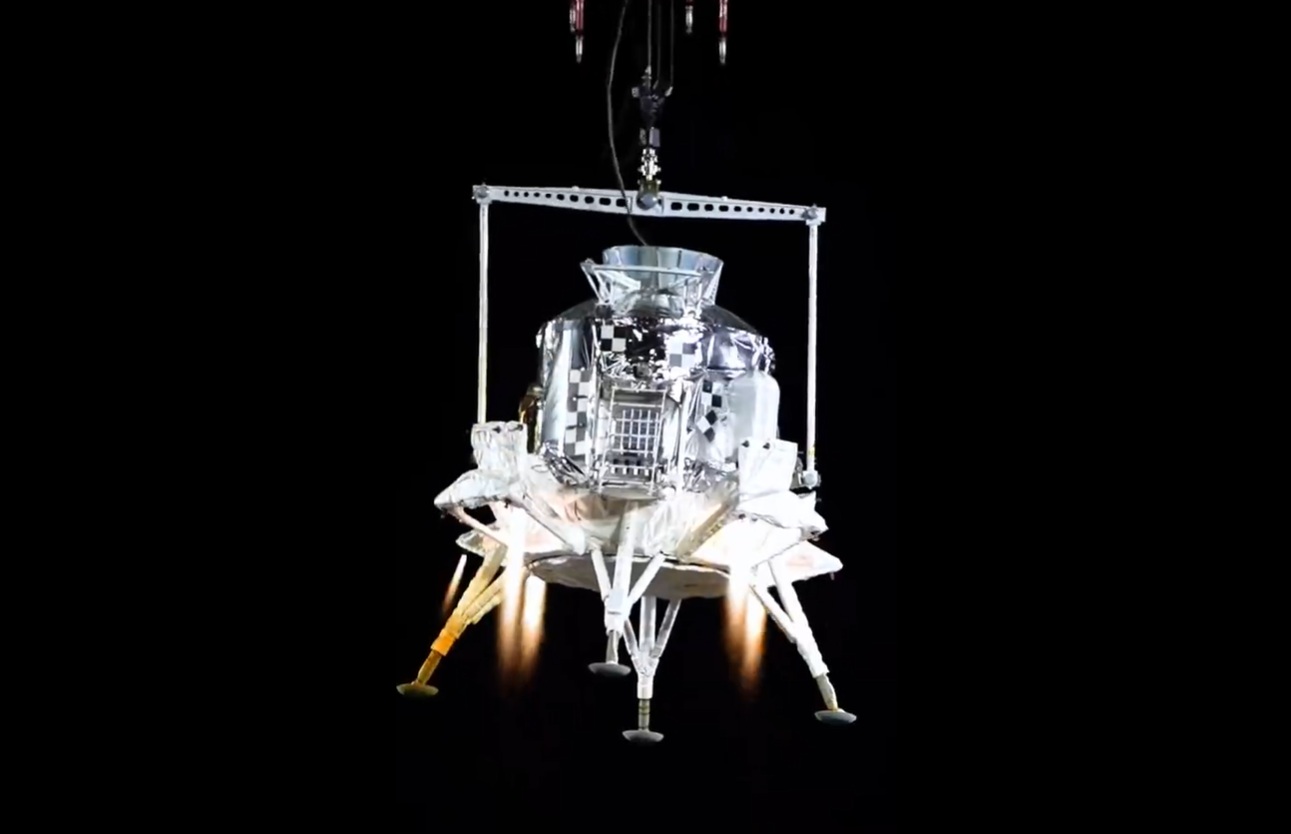A series of orbit raising manoevres for India’s controversial new space probe Mangalyaan in which the spacecraft would be raised to higher and higher Earth orbits before finally being injected into a high-efficiency Hohman transfer orbit, has been temporarily halted by a fault. According to the Indian Space Research Organisation (ISRO), the fourth orbital raising attempt on 11 November failed after a premature shut down of the main engine and the spacecraft’s back up logic triggered thruster firings instead. The result was that the spacecraft’s velocity increased 35m/s rather than the 130m/s expected and undershot its planned for apogee (orbital high point) of 100,000km by nearly 22,000km. The spacecraft is currently in a 71,623 x 78,276 km orbit around the Earth. An attempt to redo this engine firing was successfully made late on 11 November with a five minute burn that raised the apogee to 117,000km.
The launch of the Indian Space Research Organisation’s (ISRO) Mangalyaan Mars Orbiter Mission probe by a PSLV-XL on 5 November (see India’s Mars mission clears launch hurdle) brought both international admiration over how fast and how cheaply India managed to do it (at only $70 million, it was about one quarter the cost of an equivelant NASA or ESA mission to Mars), but also criticism this space project was not really helping India’s indigenous poor.


